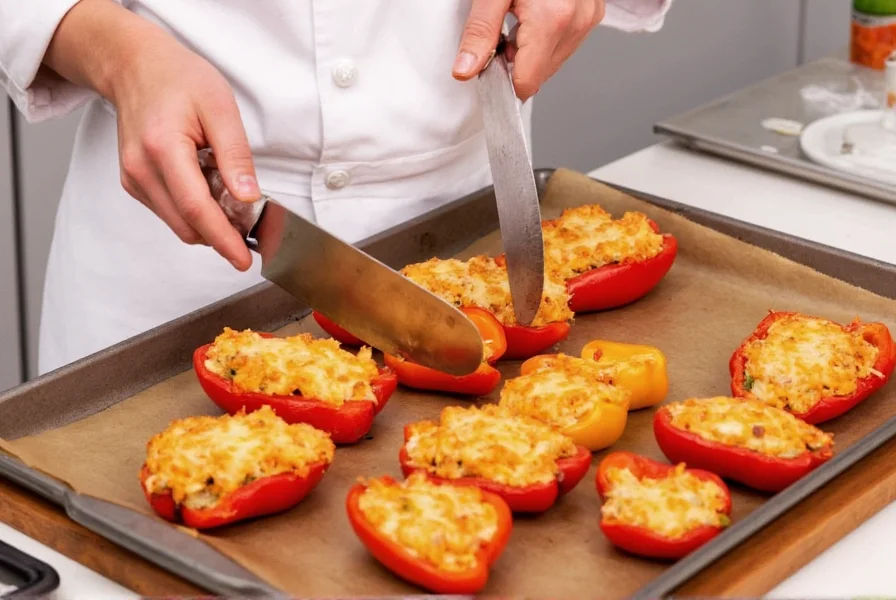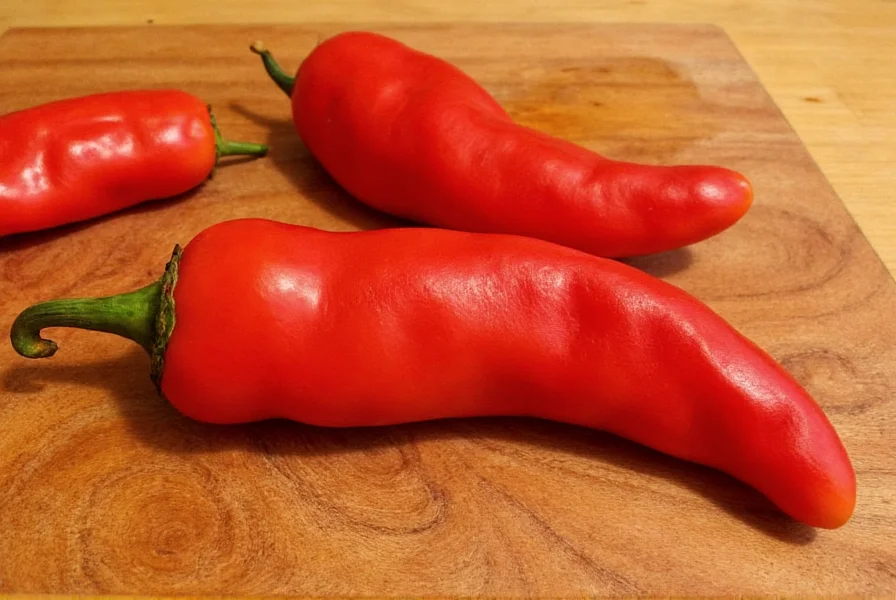The easiest way to roast a pepper is to place it directly over an open flame or under a broiler until the skin blackens and blisters on all sides, then seal it in a paper or plastic bag for 10-15 minutes before peeling off the charred skin. This simple technique works for bell peppers, jalapeños, poblanos, and most other varieties, enhancing their natural sweetness while making them easier to peel.
Roasting peppers transforms their flavor profile, adding smoky depth while softening their texture. Whether you're preparing stuffed peppers, adding to salsas, or creating roasted red pepper hummus, properly roasted peppers elevate countless dishes. This comprehensive guide covers multiple roasting techniques so you can achieve perfect results regardless of your kitchen equipment.
Best Pepper Varieties for Roasting
While most peppers can be roasted, certain varieties yield superior results. Bell peppers (red, yellow, and orange) develop remarkable sweetness when roasted. Thick-walled varieties like poblanos and cubanelles maintain structure better than thinner-skinned peppers. For heat lovers, jalapeños and serranos develop complex flavors when roasted, though their thin walls require careful monitoring to prevent burning.
| Pepper Type | Best Roasting Method | Special Considerations |
|---|---|---|
| Bell peppers | Oven or grill | Rotate frequently for even charring |
| Poblano peppers | Gas stove or broiler | Watch for blistering to avoid burning |
| Jalapeño peppers | Direct flame | Remove seeds before roasting for milder flavor |
| Serrano peppers | Broiler | Requires shorter roasting time than bell peppers |
Three Reliable Methods for Roasting Peppers
Oven Broiler Method
The oven broiler method provides consistent results with minimal supervision. Position your oven rack 6-8 inches from the heating element and preheat on high. Place whole peppers on a baking sheet lined with foil. Broil for 8-12 minutes, turning occasionally with tongs until all sides are evenly blackened and blistered. Transfer to a sealed container or bag for steaming, then peel when cool enough to handle.

Gas Stovetop Method
For those with gas ranges, the direct flame method delivers exceptional results. Place peppers directly on the burner grate over medium-high heat. Using metal tongs, rotate peppers frequently until completely charred on all sides (approximately 10-15 minutes). This technique works particularly well for how to roast chili peppers with thin skins that might dry out in the oven.
Grill Roasting Technique
Outdoor grilling imparts a distinctive smoky flavor to roasted peppers. Preheat your grill to medium-high. Place peppers directly on the grates and cook for 10-15 minutes, turning regularly until evenly blistered. For delicate peppers, consider using a grill basket to prevent them from falling through the grates. This method excels for how to roast bell peppers when you want to add outdoor cooking flavors to your dishes.
Peeling and Storing Roasted Peppers
After roasting, proper steaming is crucial for easy peeling. Immediately transfer peppers to a paper or plastic bag, sealing it completely. The trapped steam loosens the skin, making it simple to remove after 10-15 minutes. Never rinse peppers under water to remove skin, as this washes away flavorful oils.
For storage, place peeled peppers in an airtight container with a light coating of olive oil. Refrigerate for up to one week or freeze for up to six months. When freezing, lay peppers flat on a baking sheet first, then transfer to freezer bags once solid to prevent clumping.
Common Roasting Mistakes to Avoid
Many home cooks make preventable errors when learning how to roast peppers. Over-roasting causes peppers to become mushy rather than tender-crisp. Skipping the steaming step makes peeling difficult and time-consuming. Using high heat throughout the process burns the exterior while leaving the interior raw. For optimal results, maintain consistent medium heat and rotate peppers frequently.
Another frequent oversight involves seed removal. While many recipes call for removing seeds before roasting, leaving them in actually enhances flavor development. Simply remove seeds after roasting when the pepper structure has softened.
Culinary Applications for Roasted Peppers
Roasted peppers shine in numerous dishes beyond simple side preparations. Incorporate them into pasta sauces for depth of flavor, blend into creamy dips, or add to sandwiches for moisture and complexity. For how to roast peppers specifically for canning, ensure proper acidity levels and follow tested preservation guidelines.
Professional chefs often create pepper confit by slow-roasting peppers in olive oil with herbs, preserving both flavor and texture. This technique works particularly well for poblano peppers used in chiles rellenos preparation.

Troubleshooting Roasting Problems
If your peppers aren't blistering properly, increase the heat slightly or move them closer to the heat source. For peppers that char too quickly on the outside while remaining raw inside, reduce heat and extend cooking time. Uneven roasting typically indicates insufficient turning during the process.
When peppers become too soft during roasting, they've likely been exposed to excessive heat. Next time, reduce the temperature and monitor more closely. Remember that thicker-walled peppers require longer roasting times than thinner varieties.











 浙公网安备
33010002000092号
浙公网安备
33010002000092号 浙B2-20120091-4
浙B2-20120091-4